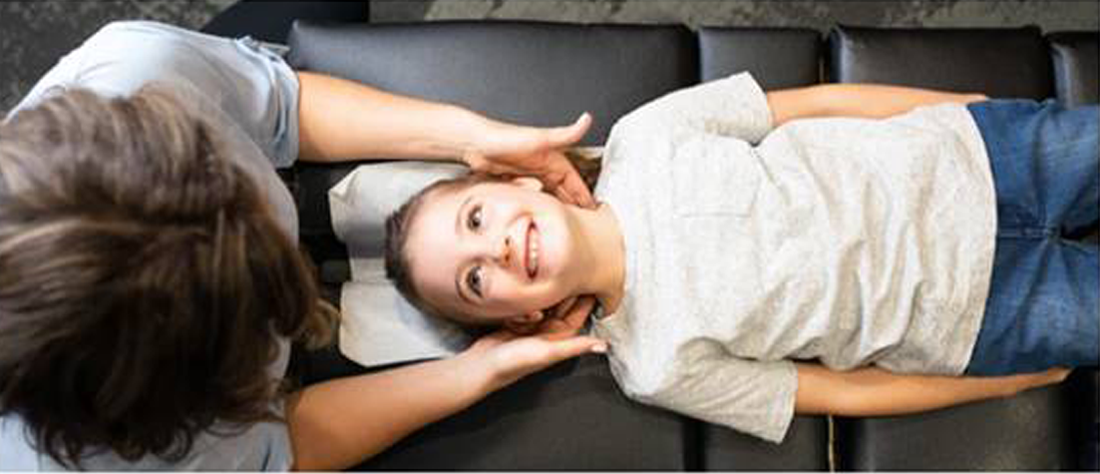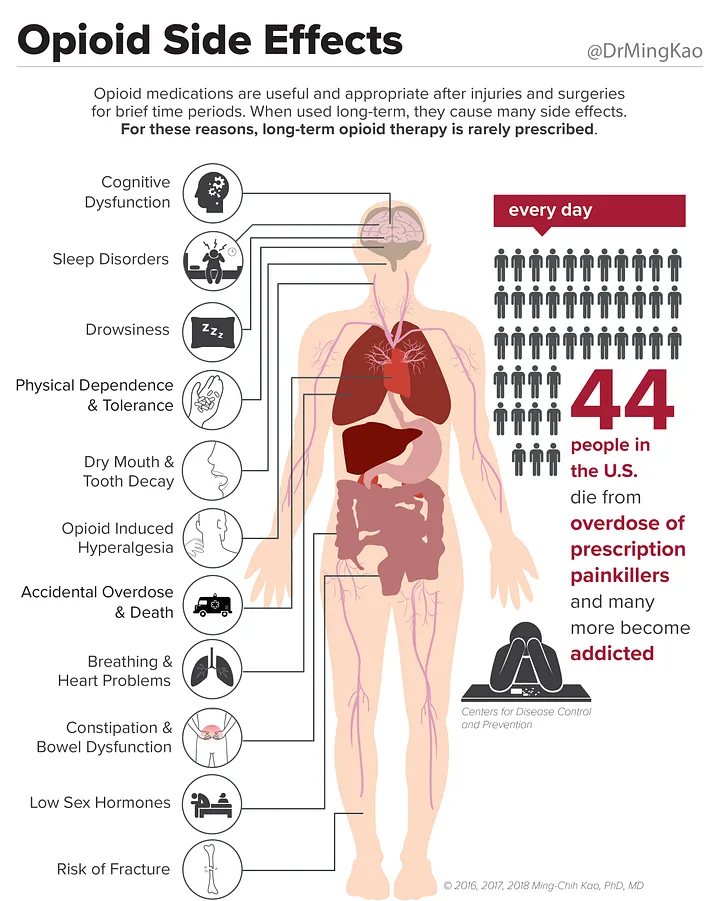Trends in Chiropractic Care and Physical Rehabilitation Use Among Adults with Low Back Pain in the United States, 2002 to 2018
SOURCE: J Gen Intern Med. 2023 (Oct 19); 39 (4): 578–586
Eric J Roseen • Kushang V Patel • Rachel Ward • Xinyao de Grauw
Steven J Atlas • Stephen Bartels • Julie J Keysor • Jonathan F Bean
Section of General Internal Medicine,
Department of Medicine, Boston University,
Chobanian & Avedision School of Medicine and
Boston Medical Center,
Boston, MA, USA.

Background While nonpharmacologic treatments are increasingly endorsed as first-line therapy for low back pain (LBP) in clinical practice guidelines, it is unclear if use of these treatments is increasing or equitable.
Objective Examine national trends in chiropractic care and physical rehabilitation (occupational/physical therapy (OT/PT)) use among adults with LBP.
Design/Setting Serial cross-sectional analysis of the National Health Interview Survey, 2002 to 2018.
Participants 146,087 adults reporting LBP in prior 3 months.
Methods We evaluated the association of survey year with chiropractic care or OT/PT use in prior 12 months. Logistic regression with multilevel linear splines was used to determine if chiropractic care or OT/PT use increased after the introduction of clinical guidelines. We also examined trends in use by age, sex, race, and ethnicity. When trends were similar over time, we present differences by these demographic characteristics as unadjusted ORs using data from all respondents.
Results Between 2002 and 2018, less than one-third of adults with LBP reported use of either chiropractic care or OT/PT. Rates did not change until 2016 when uptake increased with the introduction of clinical guidelines (2016–2018 vs 2002–2015, OR` =` 1.15; 95% CI: 1.10–1.19). Trends did not differ significantly by sex, race, or ethnicity (p for interactions` >` 0.05). Racial and ethnic disparities in chiropractic care or OT/PT use were identified and persisted over time. For example, compared to non-Hispanic adults, either chiropractic care or OT/PT use was lower among Hispanic adults (combined OR` =` 0.62, 95% CI: 0.65–0.73). By contrast, compared to White adults, Black adults had similar OT/PT use (OR` =` 0.98; 95% CI: 0.94–1.03) but lower for chiropractic care use (OR` =` 0.50; 95% CI: 0.47–0.53).
There are more articles like this @
Conclusions Although use of chiropractic care or OT/PT for LBP increased after the introduction of clinical guidelines in 2016, only about a third of US adults with LBP reported using these services between 2016 and 2018 and disparities in use have not improved.
From the FULL TEXT Article:
INTRODUCTION
Low back pain (LBP) is a leading cause of disability and healthcare costs in the United States (US). [1, 2] Recommendations for the management of LBP have changed significantly over the last 20 years, increasingly recommending early use of nonpharmacologic treatments. For example, the American College of Physicians (ACP) guidelines for managing LBP endorsed nonpharmacologic treatments (e.g., massage, therapeutic exercise, spinal manipulation) as evidence-based second-line therapy in 2007 and then as first-line therapy in their current 2017 guideline. [3, 4] The ACP guidelines, as well as the 2016 CDC guidelines for opioid prescribing [5], if adopted, should have increased use of nonpharmacologic approaches for LBP over time. Moreover, the 2022 CDC guidelines for opioid prescribing continue to emphasize the importance of nonpharmacologic alternatives to opioids for pain management. [6] However, the extent of uptake of LBP treatment guidelines in the US is not known.
Chiropractic care, occupational therapy (OT), and physical therapy (PT) are widely available and typically involve one or more nonpharmacologic approaches that are recommended for chronic LBP (e.g., spinal manipulation, therapeutic exercise). [3, 4, 7–9] In a recent analysis of the Medical Expenditure Panel Survey (MEPS), which found that from 2011 to 2019 use of nonpharmacologic treatments increased for non-cancer chronic pain, chiropractic care and OT/PT were the most accessed nonpharmacologic approaches. [10] However, the MEPS sample [10] of adults with non-cancer chronic pain excluded adults with acute, subacute, or recurrent LBP for whom nonpharmacologic treatments are also recommended (e.g., massage, spinal manipulation). [7]
While the collective workforce of chiropractors, OTs, and PTs is large and trained to deliver evidence-based reimbursable nonpharmacologic treatments [11–13], it is unlikely this workforce can meet demand. [14] Prior studies suggest utilization varies by number of providers in a particular region or community [15–17] Cross-sectional studies from the 2012 and 2017 NHIS show Black and Hispanic adults are less likely than White adults to use chiropractic care and other complementary and integrative health approaches. [18, 19] These analyses did not include data on PT. Additional research is needed to understand whether access to nonpharmacologic treatments for LBP has become more equitable over time.
To address these knowledge gaps, we evaluated chiropractic and OT/PT utilization among adults reporting LBP from 2002 to 2018, in the yearly National Health Interview Survey (NHIS). We hypothesized that use of these approaches would increase over the 17-year period among adults with LBP, particularly following CDC and ACP guidelines in 2016 and 2017, respectively. [3, 4] We also examined differences in use by age, sex, race, and ethnicity and whether disparities changed over time.





Leave A Comment